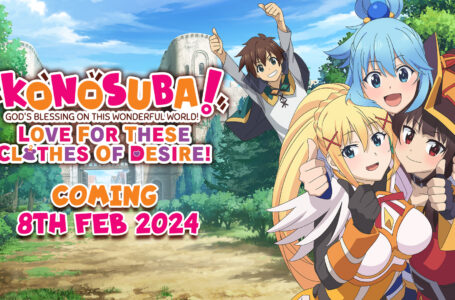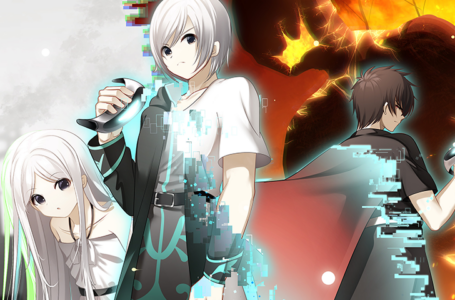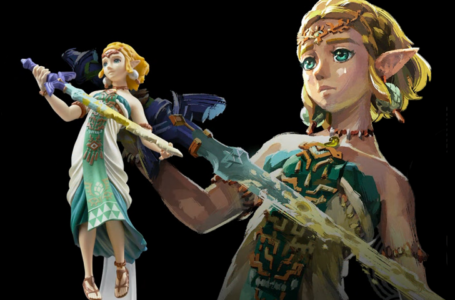Blissful Death: Spacewing War got that Game Boy thing going on
Spacewing War is a modern shoot ’em up that pays loving homage to the Game Boy platform, which immediately makes it stand out in a crowded and competitive genre.
When we talk about shoot ’em ups today, there’s definitely a golden age for the genre — somewhere around the mid-to-late ’90s, pretty much in that sweet spot created by the overlap between the 16- and 32-bit home console eras. The Sega Mega Drive was full of amazing shoot ’em ups in particular, as were the Sega Saturn and, to a marginally lesser extent, the original PlayStation. And then there’s the PC Engine, of course, but that’s pretty much a law unto itself in numerous ways.
The fact that there are platforms which are such clear leaders in the genre doesn’t mean that there’s nothing worth exploring on other systems, mind. In fact, in many cases, the inherent technological limitations of relatively low-power platforms such as ’80s 8-bit home computers and console — and, of course, the humble but immensely popular Game Boy — forced developers to get a bit more creative with the genre than usual.
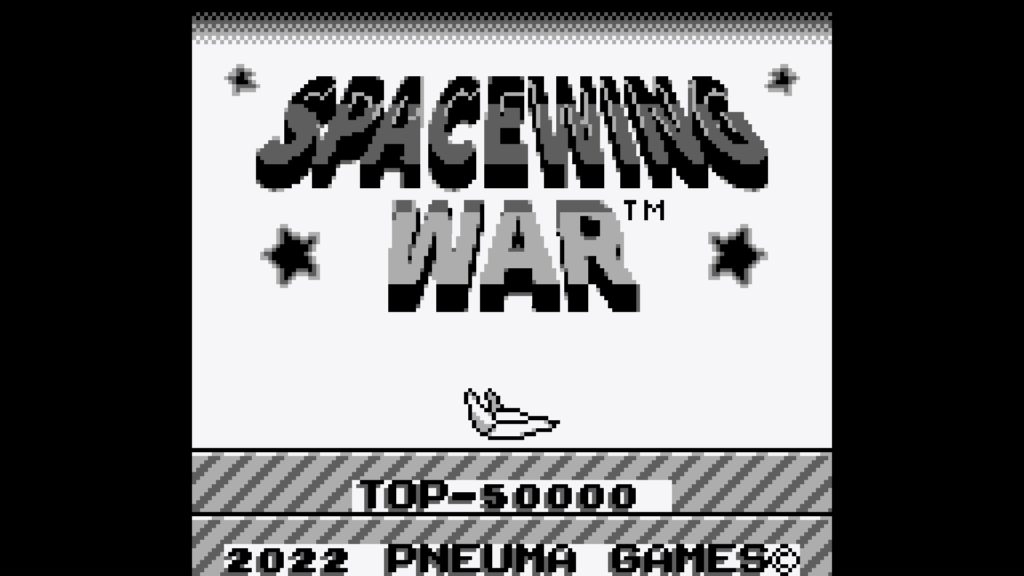
Spacewing War isn’t a Game Boy game from back in the day — but pretty much everything about it is designed as if it was. That means what you’re getting here isn’t a fast-action, beautifully presented 16-bit blastathon — rather, it’s something that would have been right at home on Nintendo’s classic handheld back in the day. And, proving that certain aspects of game design are truly timeless, it makes for a great addition to your modern library, too.
Spacewing War is perhaps best described as what might happen if Super Mario Land was turned into a horizontally scrolling shoot ’em up. Levels are designed very much like platform game stages, with plenty of environmental detail and interesting pathways to follow. Thankfully, unlike many old shooters, you do not explode by clipping the scenery, so you don’t have to worry about being too precise while negotiating the various stages — though you do have to make sure you don’t get crushed against the scenery by the automatic scrolling!
There are, of course, enemies to shoot in Spacewing War, but for the most part they feel like they take something of a back-seat to the traversal of the increasingly perilous environments over the course of the game. Or perhaps to be more accurate — and in keeping with my previous description — they’re used like enemies in a Super Mario game. They’re a dangerous obstacle to overcome; not necessarily something that you need to kill, but something which you need to find a safe path past at the very least.
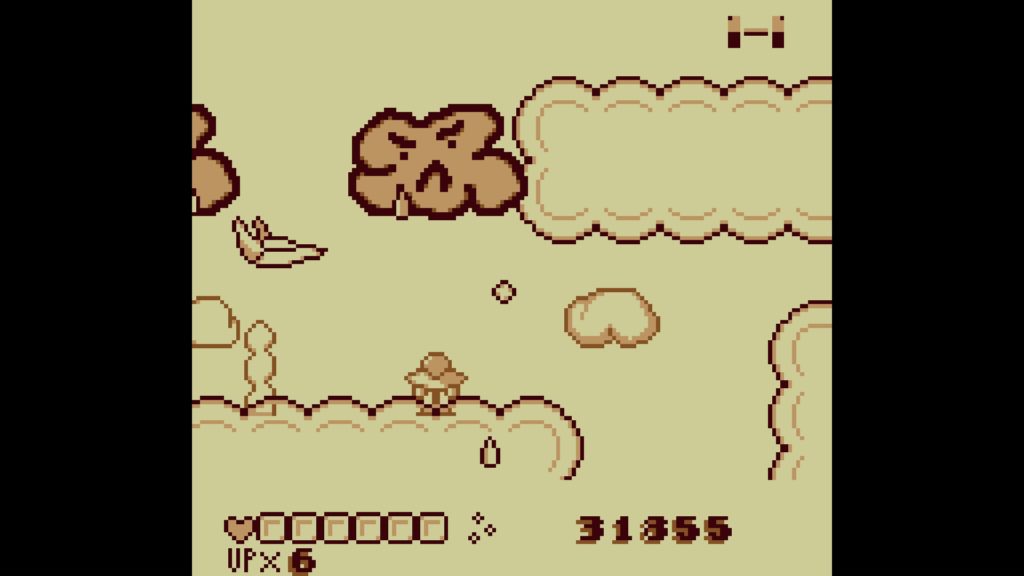
To protect yourself in Spacewing War, you have four weapons. The default is a simple, slow-firing and reasonably long-ranged single bullet shot ahead of you. The slow rate of fire is a bit of an issue with this weapon, but it makes up for it with increased power and range — plus it’s a good option when you need to clear a path through breakable blocks or enemy formations from a distance.
The second weapon is a boomerang, which fires out a short distance in front of you, floats back behind you and then rushes forward again. This is particularly good for hitting things behind you, but also has decent power to it; the main drawback is, of course, the fact that when you initially fire it, it doesn’t go very far out in front of you at all.
The third weapon is a cherry bomb that you fire out in front of you. This explodes either after a few seconds or when it hits something, dealing heavy damage. It’s most useful for bosses, who have a numerical health gauge that allows you to see just how much damage each weapon does, but can be useful for clearing large areas of breakable blocks or enemy formations also.
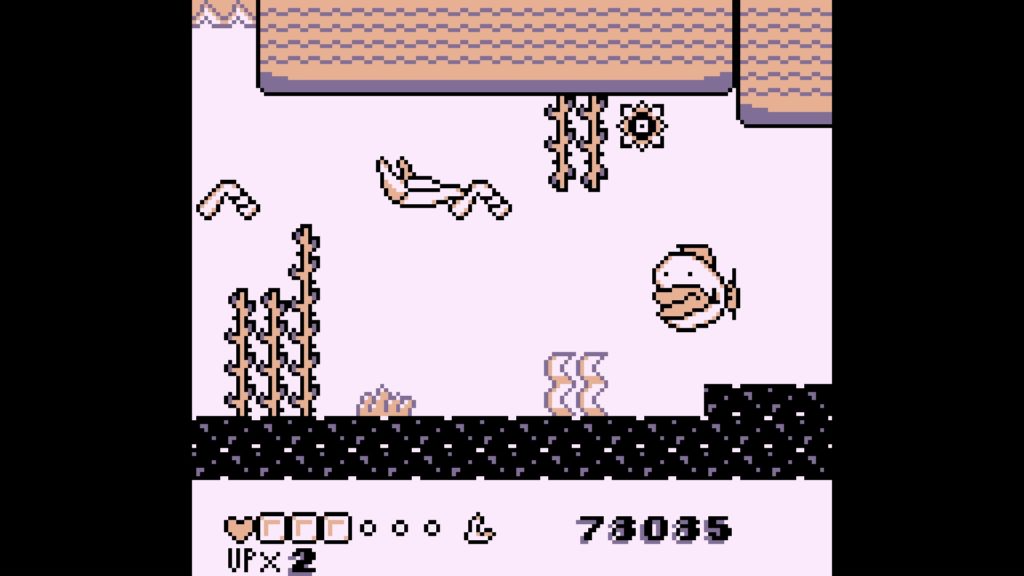
Finally, there’s a spread shot that provides a short-range, rapid-firing three-way spread in front of you, and a single short-range rapid fire shot behind you. Again, this is good for hitting things behind you and also for protecting yourself from falling objects — the upward-angled spread hits these before they clip your ship — but its power is underwhelming. Its rapid-fire nature makes it tempting to rely on, but in practice you’ll probably find other weapons will serve you better except in specific circumstances.
The nice thing about these four weapons is that they’re all always available, and none of them is necessarily “better” than the others — they each have their own distinct uses that become more apparent as you progress through the stages.
The reason for this is that with each passing stage, Spacewing War ups the complexity of its mechanics subtly but noticeably, meaning that as you work your way through the story mode you’ll begin playing a fairly conventional shoot ’em up, but end up doing more and more things right out of the aforementioned Mario games — flipping switches, choosing pathways and figuring out the best way to bypass difficult obstacles.
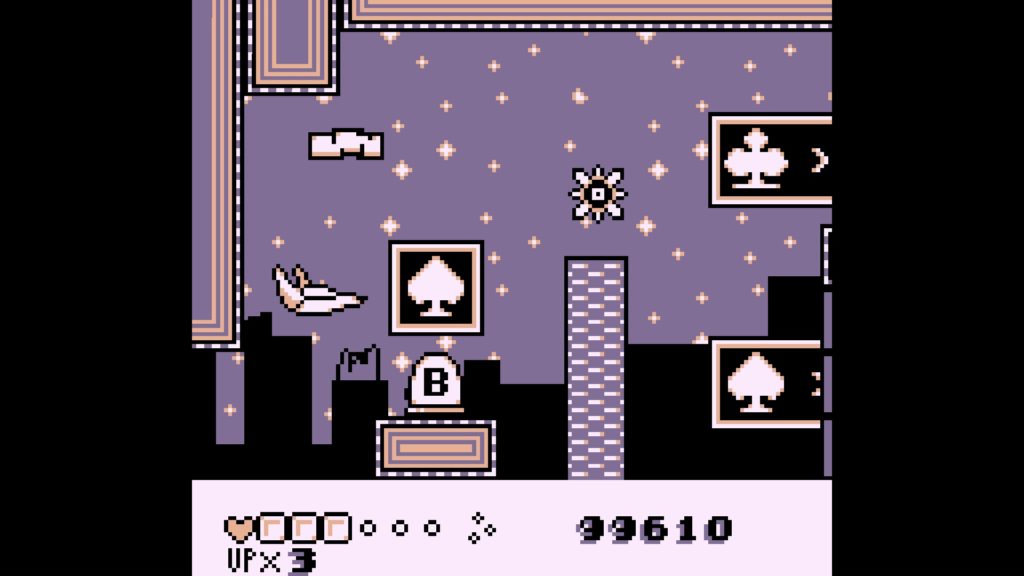
As a rule, I tend to prefer the faster-action 16- and 32-bit style shoot ’em ups for the most part, but I found myself utterly compelled by Spacewing War. The slower pace and emphasis on environmental navigation rather than memorising attack patterns and pixel-perfect movement makes for a nice change of pace from other shoot ’em ups out there — and even playing the Switch version on a big screen, I found myself thinking back to fond memories of sitting in the back seat of my parents’ car, playing on that old Game Boy I still have on my shelf.
This is helped by the fact that Spacewing War’s presentation is absolutely immaculate in terms of paying homage to the classic Game Boy platforms. The graphics are presented for the most part in the 4 tones of the original Game boy, and there are 40 selectable colour palettes to choose from, paying homage to how the Game Boy Colour handheld and the Super Game Boy/Game Boy Player console cartridges would handle old-school black-and-white Game Boy titles. There’s even a “4 shades of green on green” mode for those who really want to capture the feel of the very first Game Boy model!
The only thing that really lets Spacewing War down a little bit in this regard is the music — it’s simply not catchy or “cute” enough. Technically, it’s well-produced and certainly has that authentic Game Boy sound chip sound to it — but the compositions themselves just aren’t memorable enough. This isn’t a dealbreaker by any means, but it is a bit of a shame in a genre that is particularly known for its excellent soundtracks.
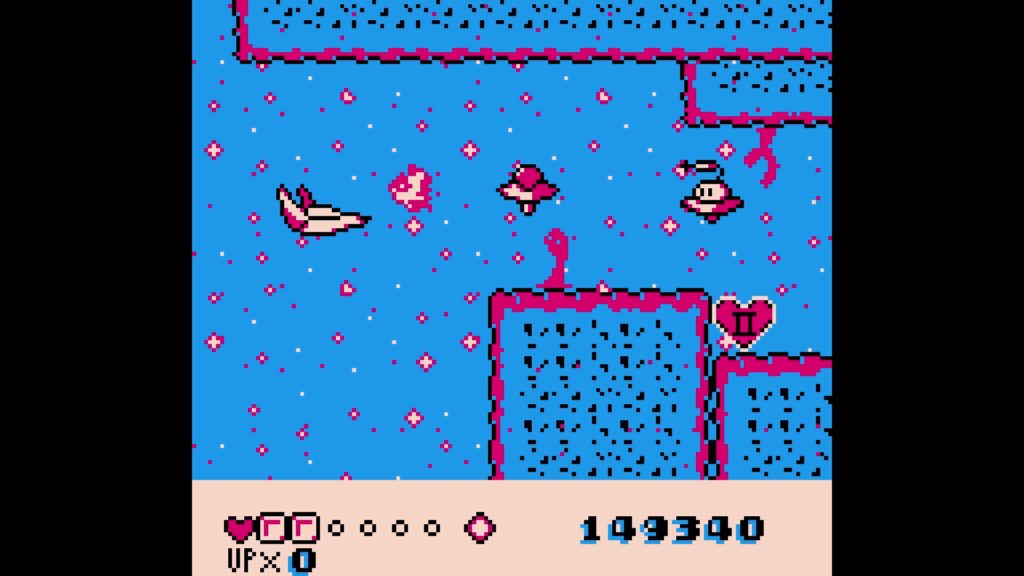
Don’t let this put you off enjoying Spacewing War for yourself, because there’s a lot of value here, particularly for the low cost of admission. Outside of the initial Story mode, which will likely take you a credit or two to beat first time around, there are a whole bunch of unlockables to discover. Yes, actual unlockables that don’t require DLC — like we used to get on good old consoles and handhelds. Remember that? It was pretty cool. And, it turns out, it still is pretty cool now, too.
Like I say, don’t come into Spacewing War expecting spectacular screen-filling bosses, super-slick parallax scrolling and thumping beats that will be stuck in your head for the next 30 years — rather, expect a loving homage to games on the classic Game Boy by people who clearly understand what it was that made that platform in particular so beloved by so many.
Spacewing War is available now for Nintendo Switch, PlayStation 4/5, Xbox whatever and Windows PC via Steam. Thanks to eastasiasoft for the review copy.
Join The Discussion
Rice Digital Discord
Rice Digital Twitter
Rice Digital Facebook
Or write us a letter for the Rice Digital Friday Letters Page by clicking here!
Disclosure: Some links in this article may be affiliate links, which means we may earn a small commission if you make a purchase after clicking on them. This is at no additional cost to you and helps support Rice Digital!
- Letter from the Editor: passing the torch - June 30, 2023
- Super Woden GP 2 is looking promising - June 30, 2023
- Inti Creates is making a 32 bit-style Love Live action platformer - June 26, 2023





